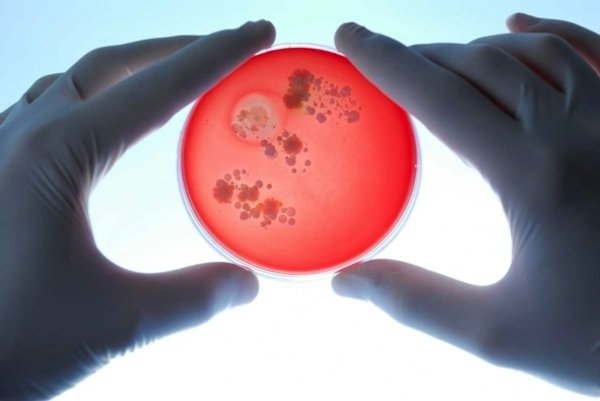
© iStock.com
We may be able to keep our gut in check after all. That's the tantalizing finding from a new
study published today that reveals a way that mice—and potentially humans—can control the makeup and behavior of their gut microbiome. Such a prospect upends the popular notion that the complex ecosystem of germs residing in our guts essentially acts as our puppet master, altering brain biochemistry even as it tends to our immune system, wards off infection and helps us break down our supersized burger and fries.
In a series of elaborate experiments researchers from Harvard Medical School and Brigham and Women's Hospital discovered that mouse poop is chock full of tiny, noncoding RNAs called microRNAs from their gastrointestinal (GI) tracts and that these biomolecules appear to shape and regulate the microbiome. "We've known about how microbes can influence your health for a few years now and in a way we've always suspected it's a two-way process, but never really pinned it down that well," says Tim Spector, a professor of genetic epidemiology at King's College London, not involved with the new study. "This [new work] explains quite nicely the two-way interaction between microbes and us, and it shows the relationship going the other way—which is fascinating," says Spector, author of
The Diet Myth: Why the Secret to Health and Weight Loss Is Already in Your Gut.
What's more, human feces share 17 types of microRNAs with the mice, which may portend similar mechanisms in humans, the researchers found. It could also potentially open new treatment approaches involving microRNA transplantations. "Obviously that raises the immediate question: 'Where do the microRNAs come from and why are they there?,'" says senior author Howard Weiner, a neurologist at both Harvard and Brigham. The work was published in the journal
Cell Host & Microbe.
His team was able to answer "where" by comparing normal lab mice with those bred to lack microRNA in certain types of cells that line the gut. MicroRNAs in other cells of the body were unaltered in the specially bred mice but still there was a shortage of microRNA in their feces—suggesting a link between that which would normally be in the gut with the microRNA that shows up in the feces. They concluded from that evidence that these specialized RNAs were coming from two types of epithelial cells that line the GI tract.
They also attempted to tackle "why" by examining what those miniscule RNAs—only 18 to 23 nucleotides in length—are doing there. Weiner and his colleagues found that those microRNA secreted from those epithelial cells are not mere bystanders. Surprisingly, their role appears to be profoundly exquisite and they appear to regulate the microbiota itself. Mice found to be low on these gut microRNAs were more susceptible to colitis. But when they were given a microRNA transplant from normal mice through a direct tube into the gut the rodent patients went on to develop a more normal gut composition. The series of experiments is "elegant" says Spector, who was not involved with the work.
After pinning down these key findings the researchers also separately found that distinct microRNAs could alter specific bacteria in the mouse body through more natural means. The researchers spiked the water of mice with synthesized microRNAs that would enhance the growth of
Escherichia coli bacteria. After drinking that water for two days the mice went on to have roughly double the
E. coli in their feces, which confirmed that introducing certain microRNAs could affect the gut. "I think our findings raise the possibility that there is a very specific way to modulate the microbiome," Weiner says. "I think it opens up a lot of possibilities."
Previously, much of the focus on microbiome health benefits has focused on the medical applications of fecal transplants—taking one person's feces and placing them inside another's colon in the hopes of recalibrating the bacteria in the recipient's gut. But the prospect of tapping different microRNAs to modulate different specific bacteria could be a very appealing alternative. Theoretically, it could be simpler and more targeted to use gene blueprints from sequencing data to build something that mimics microRNAs—binding to the same things the microRNA would—then embarking on a fecal transplant and ensuring it is safe.
This potential future therapy prospect comes even as other recent research findings continue to add much-needed detail to our understanding of our microbiome. Last week a
revised estimate suggested the long-cited approximation that microbes in the gut outnumber human cells 10 to one is inaccurate. The real number, according to a review of recent DNA analyses and magnetic resonance imaging, is roughly the same amounts of both. Meanwhile, other new work is also shedding light on how we acquire the specific menagerie of gut creatures, including our interactions with the environment, the people around us and genetics. There is nothing small about that.
Reader Comments
to our Newsletter